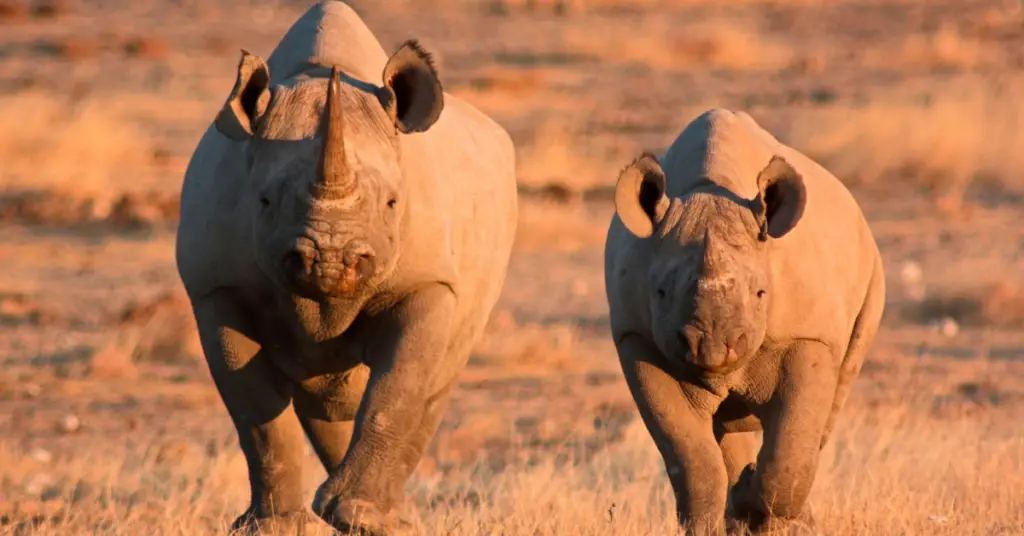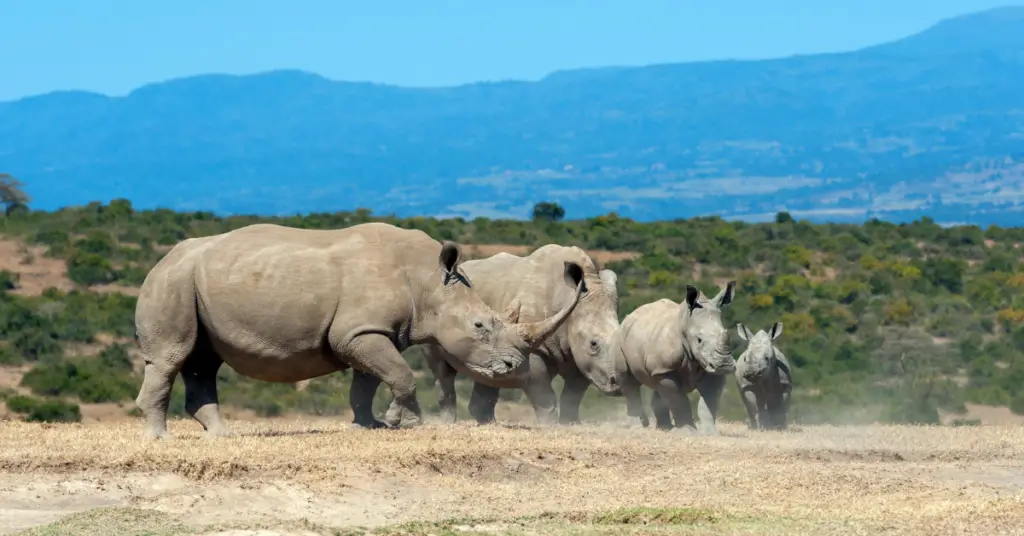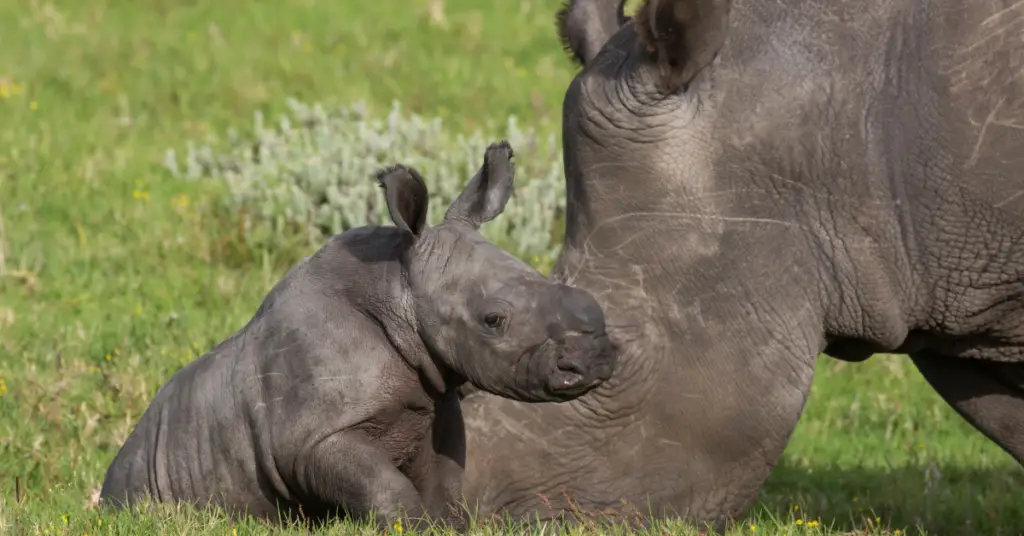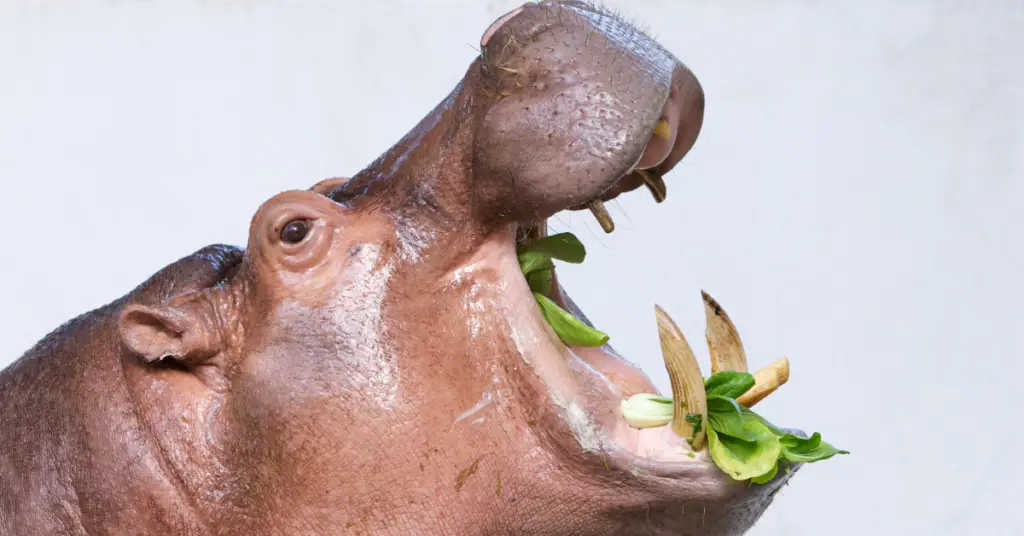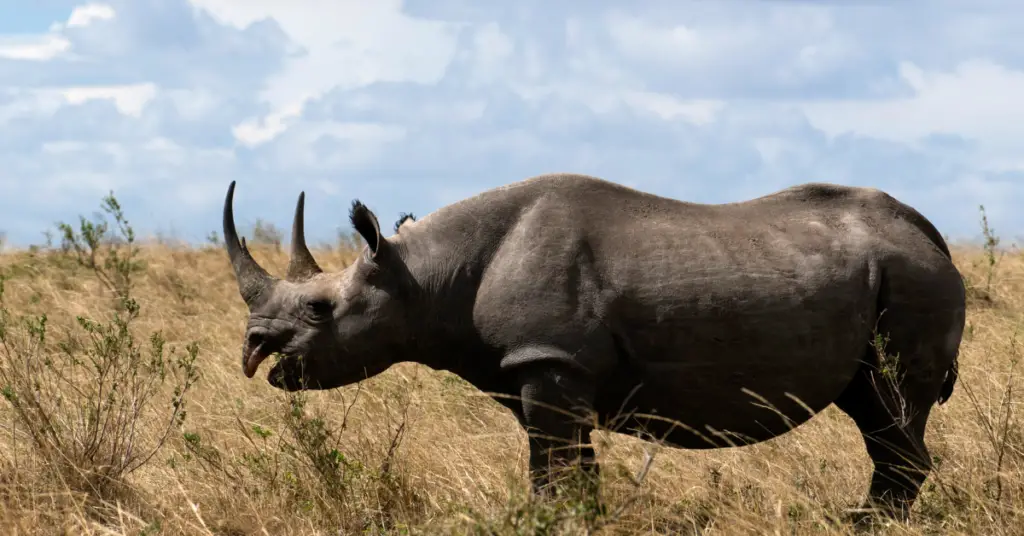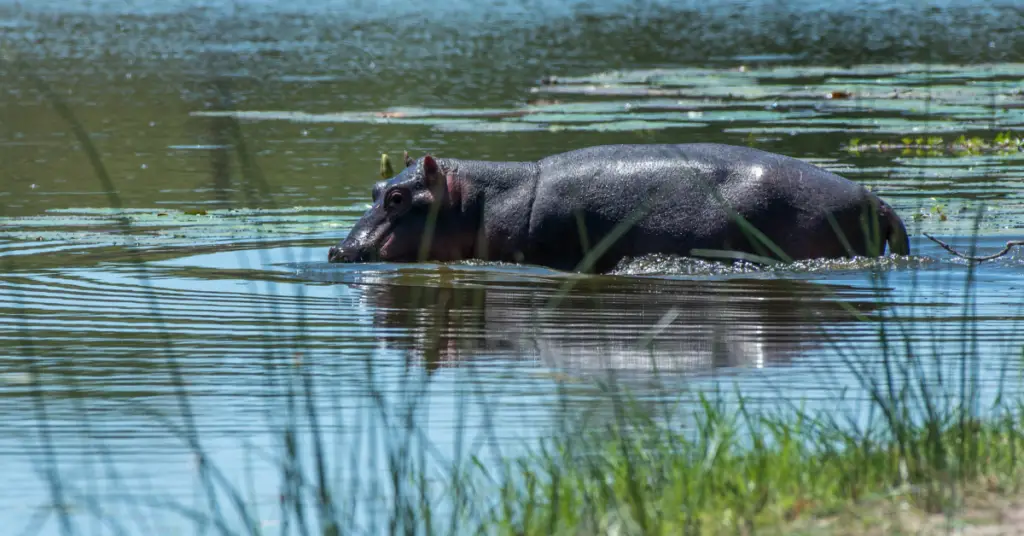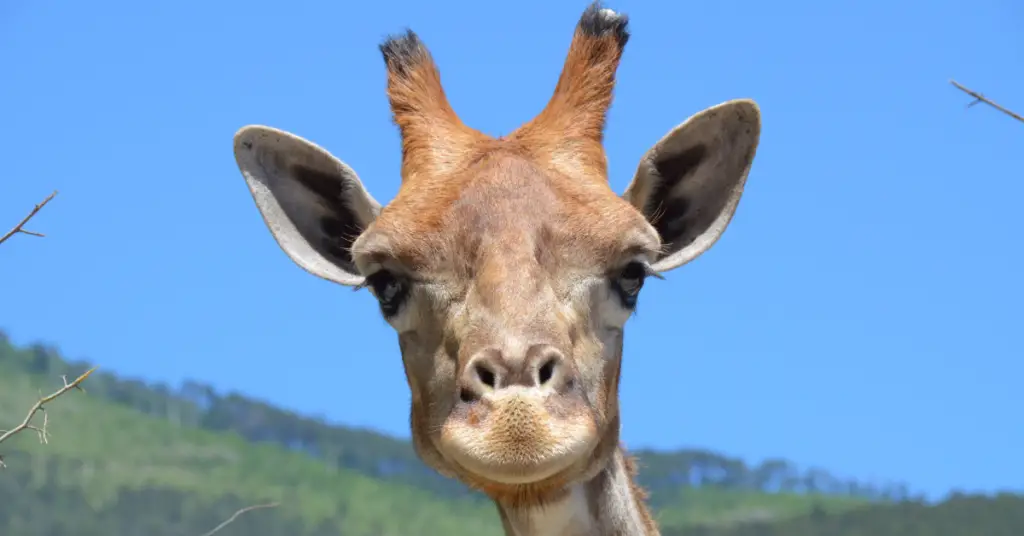Black rhinos in Africa
Diceros is a polytypic genus, represented by a single extant species, the Black Rhinoceros – Diceros bicornis. This species once was widespread in sub-Saharan Africa, from Niger R. to the west in Somalia to the northeast and to the south in South Africa. It was never found in the Congolese rainforests. The animal exists in […]

